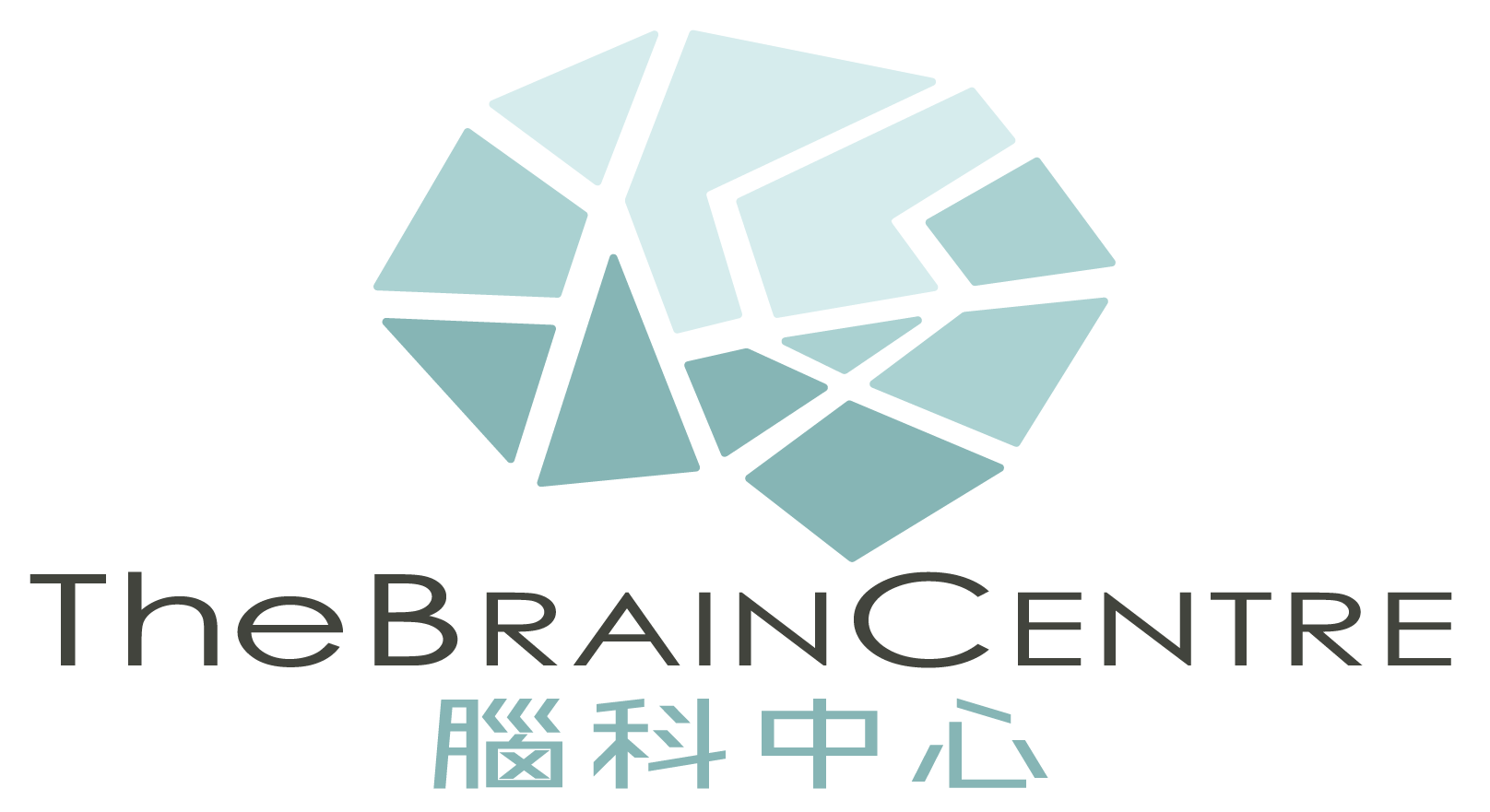Safety and efficacy of single-fraction gamma knife radiosurgery for benign confined cavernous sinus tumors: our experience and literature review.
Neurosurg Rev. 2020;43(1):27–40.
Tripathi M, Batish B, Kumar N, Ahuja CK, Oinam AS, Kaur R, Narayanan R, Gurnaani J, Kaur A.
Gamma knife radiosurgery (GKRS) has emerged as a suitable primary treatment option for confined cavernous sinus tumors (CSTs) and residual/recurrent benign tumors extending from the surrounding neighborhood. The aim of this review was to further investigate the safety and efficacy of single-fraction GKRS for primary confined CSTs (hemangioma, meningioma, and schwannoma). This was a retrospective analysis of 16 patients of CSTs, primarily treated with GKRS between 2009 and 2017. The patients underwent follow-up clinical and radiological evaluation at a regular interval. Data on clinical and imaging parameters were analyzed. The published literature on GKRS for CSTs was reviewed. There were total 16 patients (eight meningiomas, seven hemangiomas, and one schwannoma). Patients presented with a headache (56.3%), ptosis (50%), and/or restricted extraocular movements (50%). There was 46.6% tumor volume (TV) reduction after single-fraction GKRS. Hemangiomas showed best TV reduction (64% reduction at >3-year follow-up) followed by schwannoma (41.5%) and meningioma (25.4%). 56.3% of patients developed transient hypoesthesia in trigeminal nerve distribution. 44.4% of patients became completely pain-free. Among cranial nerves, the superior division of the oculomotor nerve showed best outcome (ptosis 62.5%) followed by an improved range of EOM. There was no adverse event in the form of new-onset
deficit, vascular complication, or malignant transformation except for one out of the field failures. Among available treatment options, GKRS is the most suitable option by virtue of its minimally invasive nature, optimal long-term tumor control, improvement in cranial neuropathies, cost-effectiveness, favorable risk-benefit ratio, and minimal long-term complications.
